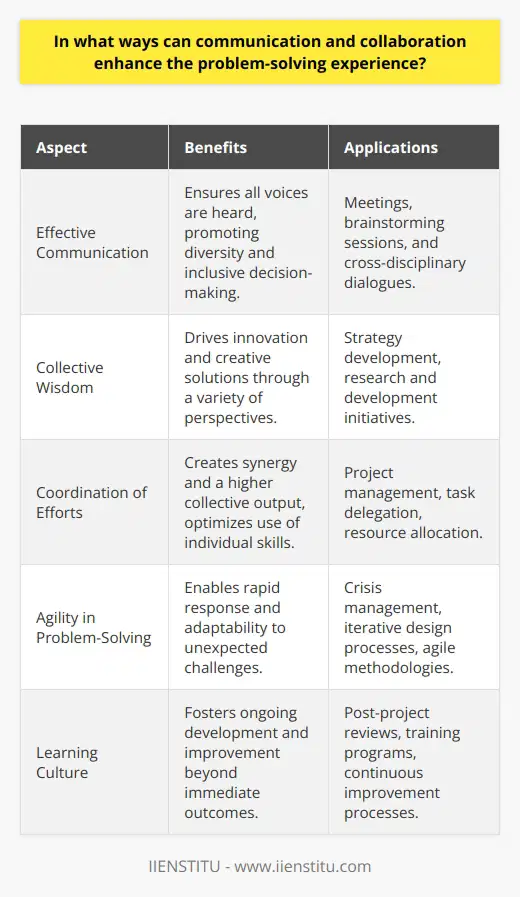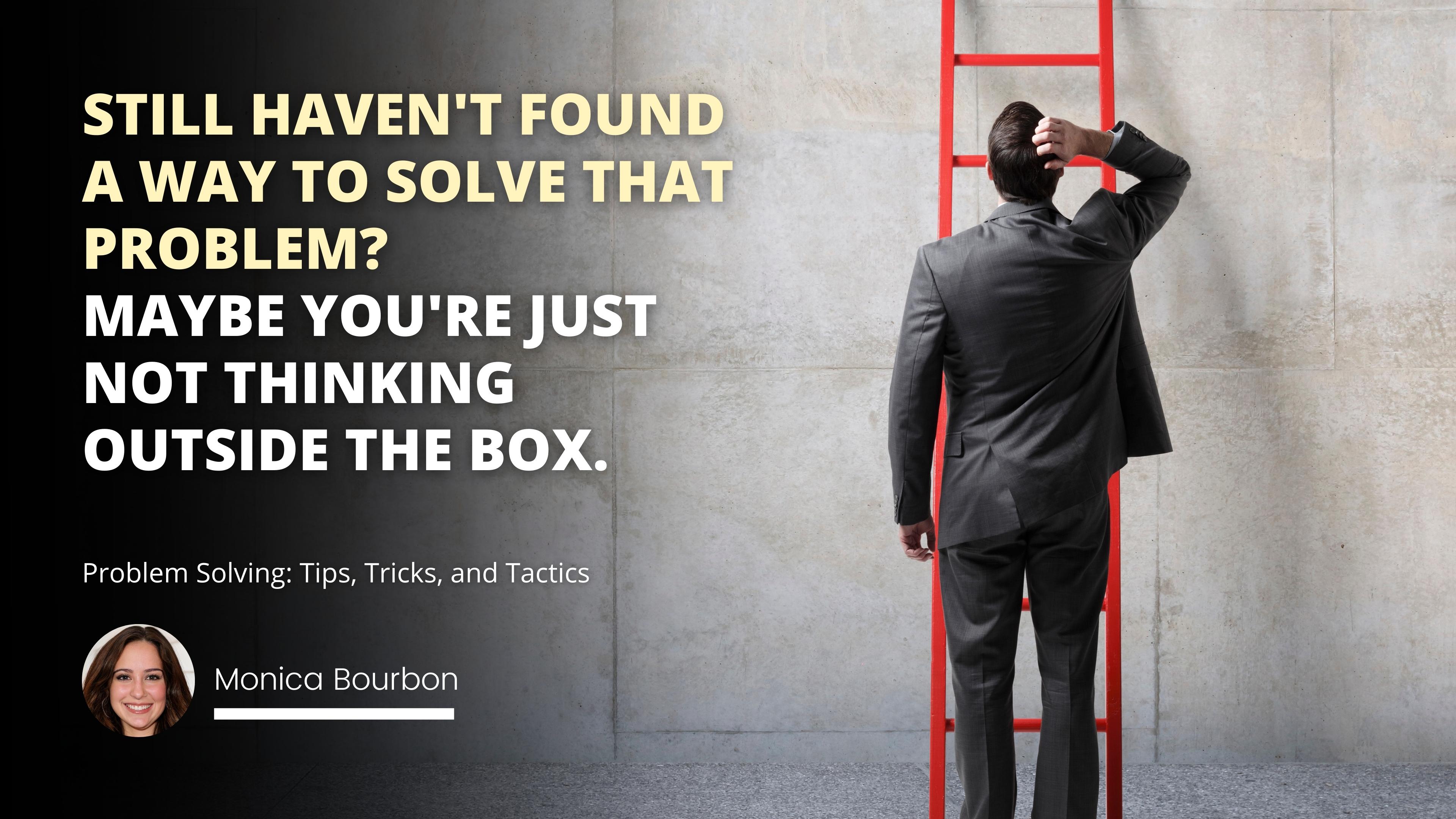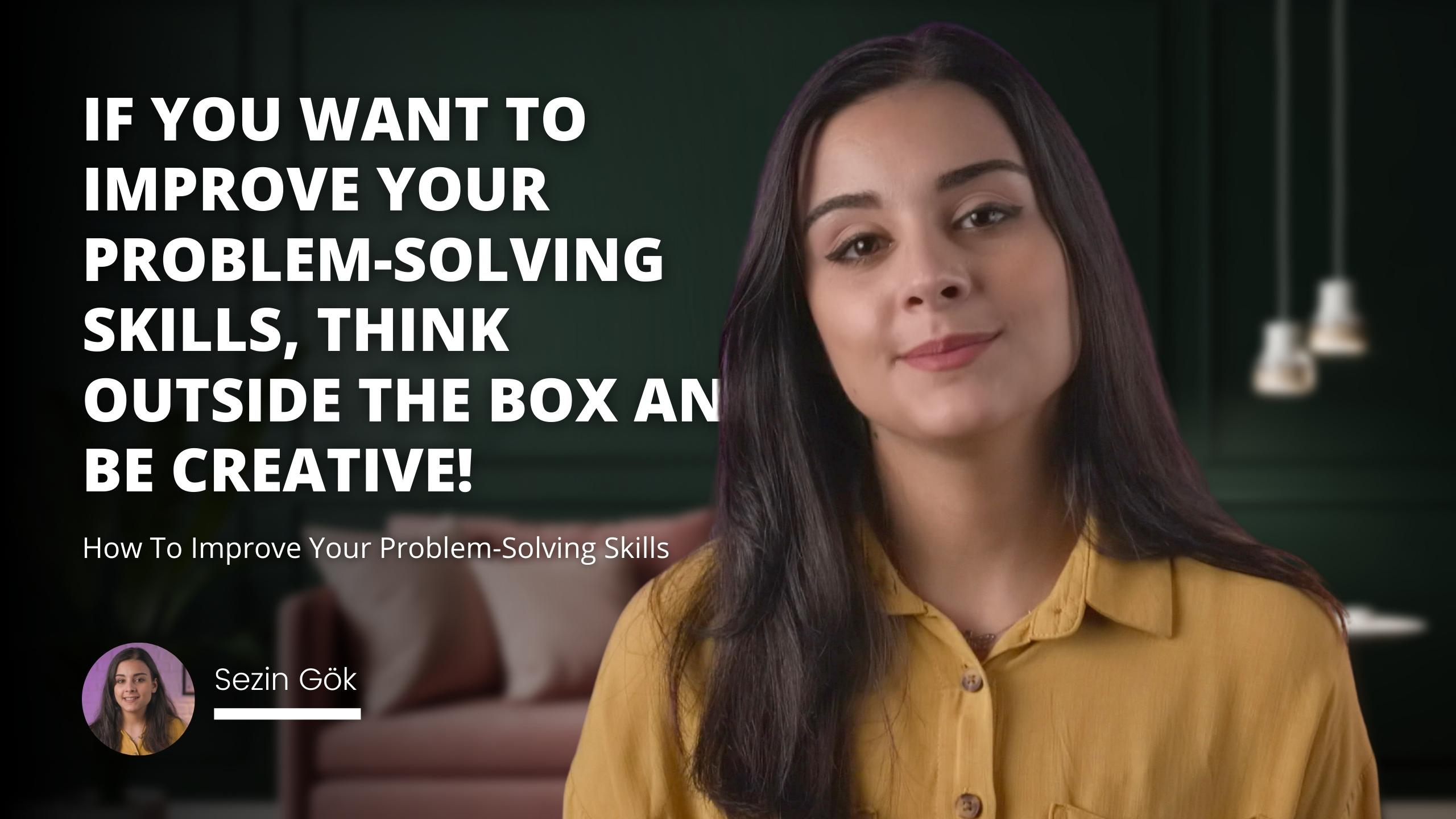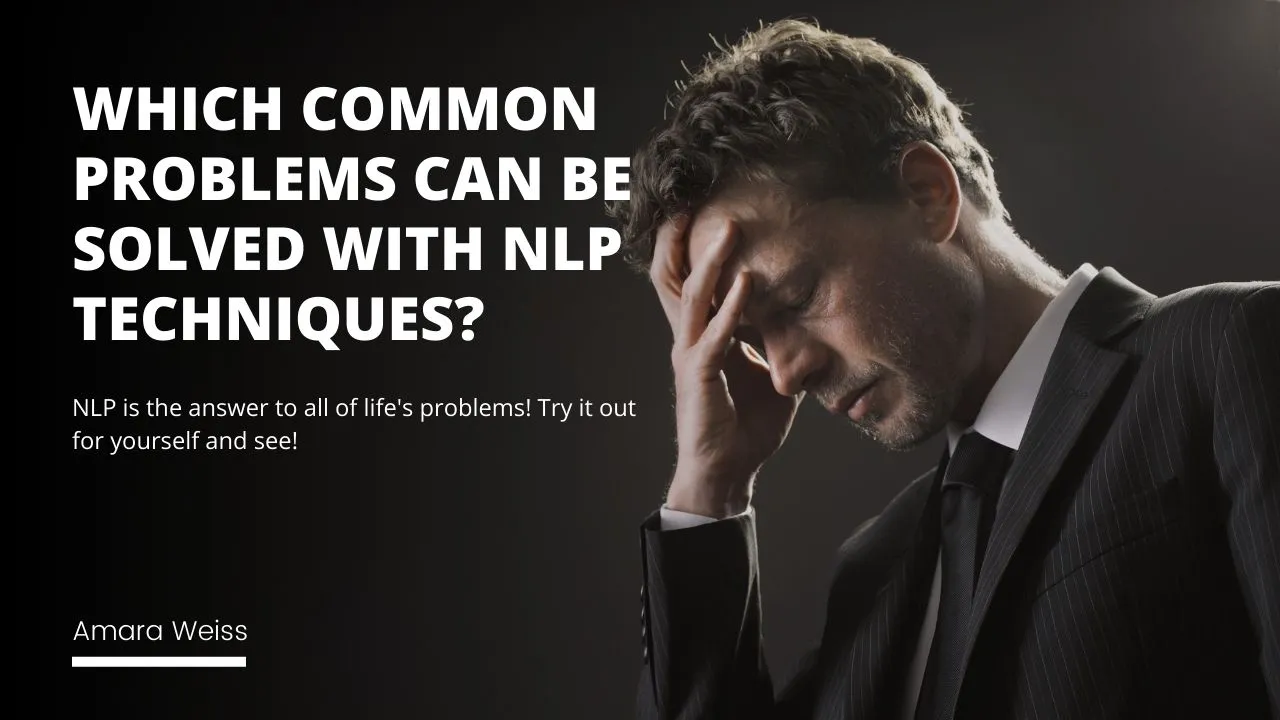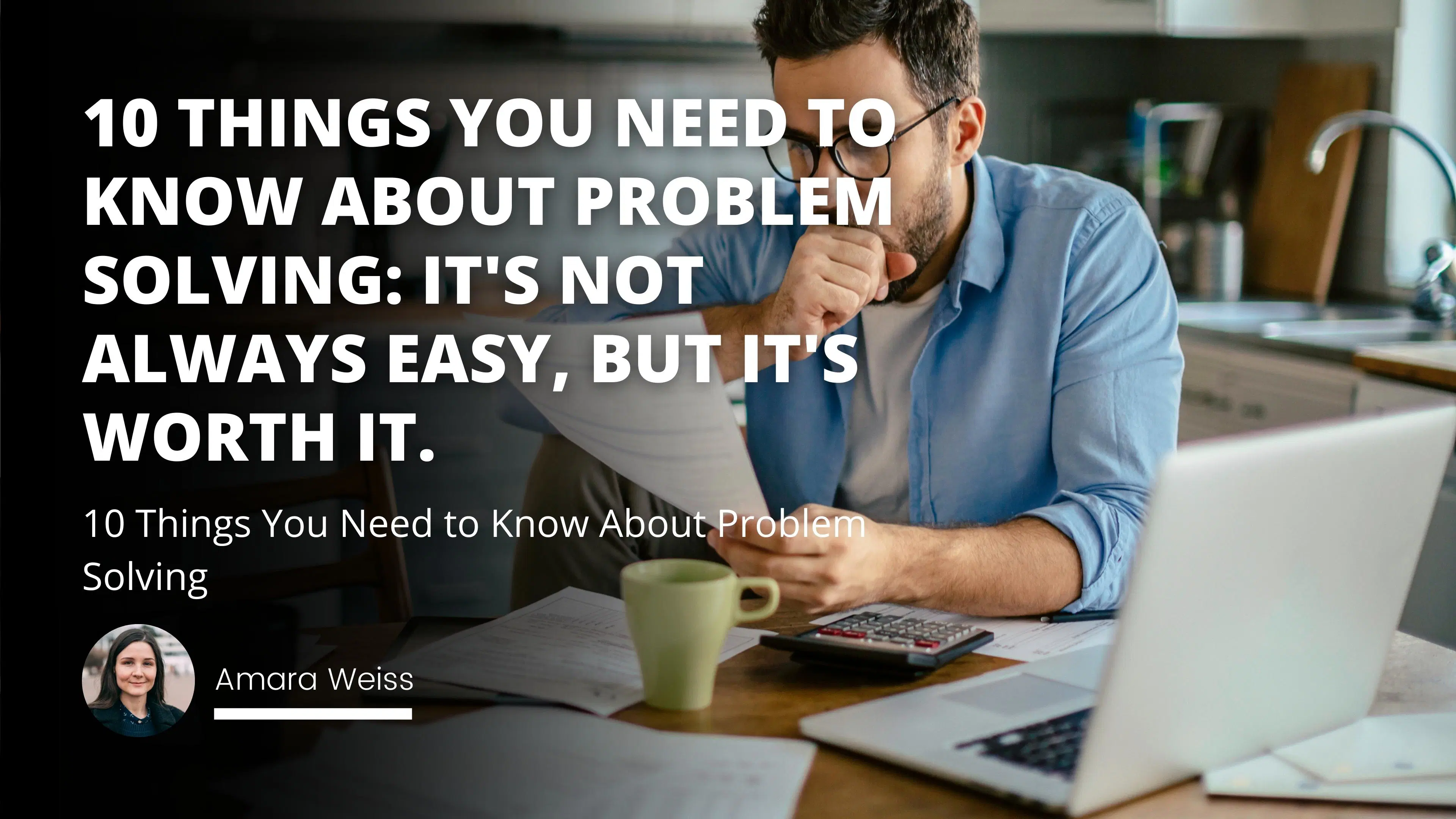
Whether a recent graduate or seasoned professional, problem-solving skills are essential for career success; after all, no matter what industry you're in, you'll inevitably face challenges and obstacles that must be overcome.
Fortunately, problem-solving is a skill that can be learned and mastered with practice. To help you hone your problem-solving skills, we've put together a list of 10 things you need to know about problem-solving. So without further ado, let's get started!
The ten best problem-solving techniques
There are many techniques for solving problems. Some people seem to have a natural talent for problem-solving, but it takes practice for the rest of us. The ten techniques listed below are some of the most successful problem-solving methods. You can use them alone or in combination to solve any problem you might encounter. So give them a try and see which ones work best for you!
1 - Understand the problem.
The first step to solving any problem is understanding the problem. So take action, assess the situation, and gather information about the facts, goals, and constraints. This will help you develop a clear understanding of the problem and confidently move on to the next step. It is often helpful to consult with others during this process; two heads are better than one! Once you have all the facts and a solid understanding of the situation, you can develop a plan of action.
2 - Brainstorm solutions.
Brainstorming is an essential step in finding a solution to any problem. It allows you to explore all possibilities, no matter how wild or far-fetched they may seem. This is essential because it will enable you to find the best possible solution to the problem. When brainstorming, thinking outside the box and considering all possibilities is necessary. This will help you find the best possible solution to the problem.
3 - Evaluate the options.
When you're faced with a problem, it's essential to take the time to generate a list of possible solutions. Once you've done that, it's time to evaluate each option and determine which is best suited for the task.
There are a few key factors you'll want to keep in mind when considering your choices, including feasibility, cost, and time required for implementation. Considering all of these factors, you'll be able to make the best decision for your situation.
4 - Select the best solution.
After carefully evaluating all options, it's time to select the best solution and implement it! Remember to communicate your plan of action to all relevant parties so that everyone is on the same page and knows what needs to be done. Sometimes, you may need to present your findings to a group or committee to get approval for your chosen solution.
Once you have approval, it's time to implement your plan. This may require additional research or investment, but sticking to the selected resolution is essential to achieve the desired results. Depending on the nature of the problem, you may need to monitor the situation closely after implementing the key to ensure it is effective. Making minor tweaks along the way can help ensure that you find success.
5 - Implement the solution.
Implementing a solution can be a straightforward process, or it can be much more complex. It all depends on the problem that needs to be solved. Sometimes, all that is required is to put the plan into action and get to work. However, in other cases, it may take weeks or months to implement a solution fully. But no matter how long it takes, this step is crucial to fix the problem.
Once the answer is in place, it can be monitored to see if it is effective and make any necessary adjustments. By taking the time to implement a solution properly, you can ensure that the problem is resolved as effectively and efficiently as possible.
6 - Monitor progress and results.
Once you've implemented a solution, it's essential to monitor progress and results closely so that you can make any necessary adjustments along the way. This will help ensure that your solution is effective and achieves the desired outcome. Monitoring progress can also help you identify potential issues early on to be addressed before they cause significant problems.
There are various ways to monitor progress and results, including keeping track of key performance indicators, conducting regular reviews, and collecting feedback from stakeholders. Choose the method or methods that make the most sense for your organization, and be sure to track progress over time to see if your solution has the desired effect.
7 - Revise as needed.
If your initial solution doesn't quite achieve the desired result, don't hesitate to revise it as needed until you find something that works. And if you don't succeed at first, try again! Changing your work is a normal part of the creative process, so don't be discouraged if it takes a few iterations to get things just right. Just keep at it, and you'll eventually arrive at a result you're happy with.
8 - Celebrate successes.
When you or your team find a successful solution, it's important to celebrate! Recognizing accomplishments helps keep everyone motivated, boosts morale, and fosters a culture of innovation.
Of course, celebrations will look different depending on the situation and the team; a small remote team might share virtual high-fives, while a larger office-based group might take everyone out for lunch. But, whatever form it takes, celebrating successes is essential to maintaining a productive and happy team.
9 - Learn from failures.
No one likes to fail, but it's important to remember that failure is a part of life. Every problem can't be solved perfectly, and that's okay! Learning from your failures and using them as opportunities to grow and improve is essential.
After all, every failure is one step closer to a successful solution. If you view failures as learning opportunities, you'll be more likely to find success in the end. So next time you face a setback, remember to keep learning and growing from the experience.
10 - Never give up!
Never giving up is an excellent quality to have. It shows determination and willingness to put in the extra effort to achieve your goals. Sometimes, the first solution to a problem is not the best one. But, with enough time and patience, you can find a better solution that works better for you. Never giving up also shows the strength of character.
When you face difficulties, it is easy to give up and give in to despair. But if you have the power to keep going, you will find that your hard work will pay off in the end. So never give up – keep trying until you find a way to succeed
Problem-solving is a critical skill used in all areas of life. Whether you're looking to improve your productivity at work or become more efficient with your time, problem-solving skills are essential. In this blog post, we've outlined the basics of how to solve problems effectively. Join our upcoming problem-solving course if you want to learn more about problem-solving and how to apply these techniques in your own life.
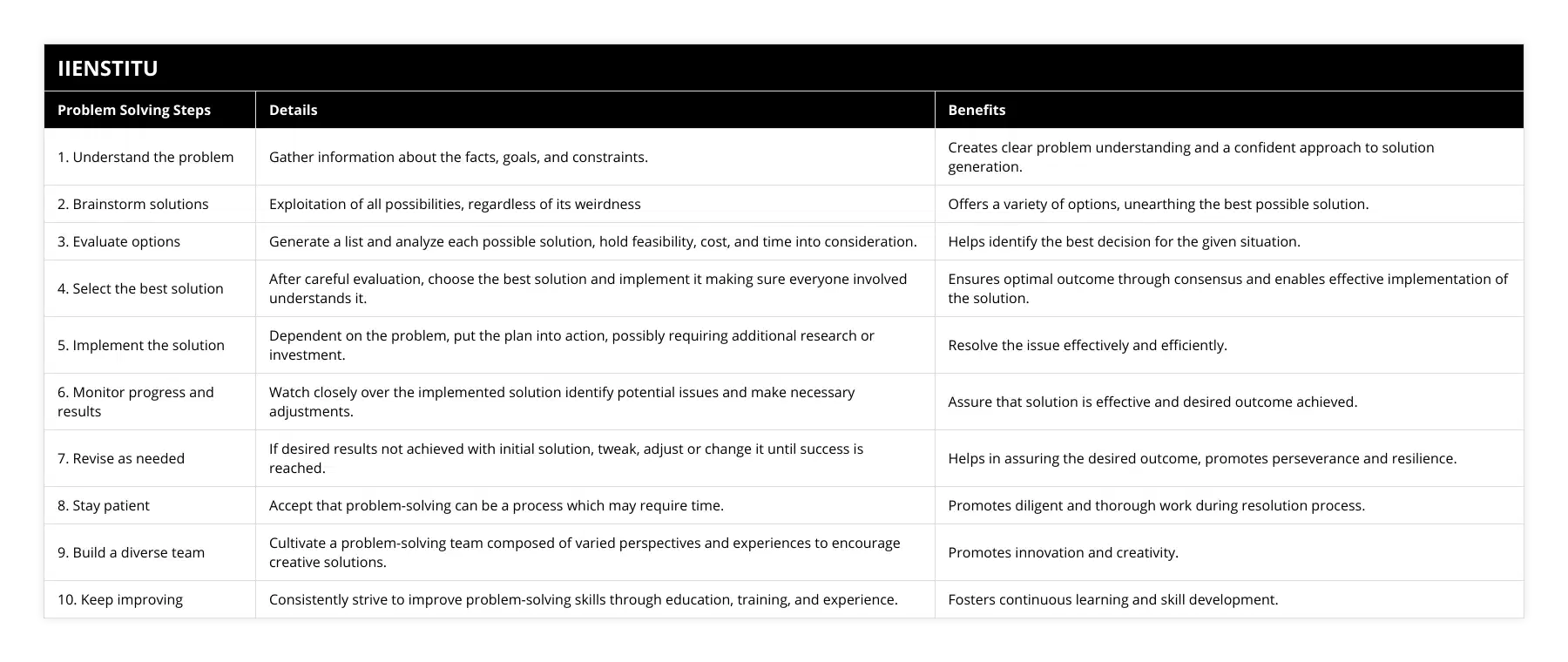
Frequently Asked Questions
What are the key principles and techniques for effective problem-solving?
Defining the Problem Accurately
The foundation of effective problem-solving is defining the problem accurately. This involves recognizing the issue, distinguishing it from other potential concerns, and pinpointing the root cause. A clear understanding of the problem facilitates the identification of appropriate solutions.
Gathering Relevant Information
It is essential to gather relevant information before attempting to solve the problem. This includes analyzing the context in which the problem arises and scrutinizing factors affecting its occurrence. Understanding the broader environment further enables the development of informed strategies for problem resolution.
Generating Potential Solutions
Once the problem is understood, and information acquired, brainstorming potential solutions becomes the next step. This creative process should consider a range of possible remedies, encouraging critical thinking and fostering diverse perspectives within team discussions. The goal of idea generation is to identify innovative techniques for overcoming the problem.
Evaluating Alternatives
After generating potential solutions, the next phase of effective problem-solving is to evaluate the alternatives. This entails considering the merits and drawbacks of each option, as well as assessing the feasibility and potential implications in both the short and long run. The objective is to determine the course of action that best addresses the problem while minimizing possible negative consequences.
Implementing the Solution
With a preferred solution selected, implementation will follow. Effective implementation requires creating a plan, defining tasks, assigning responsibilities, and determining a timeline for completion. Communication is essential throughout this process to ensure that all stakeholders remain informed and committed to the problem-solving process.
Monitoring and Review
The final principle in the effective problem-solving process is monitoring and review. Once the solution has been implemented, it is critical to evaluate its effectiveness in addressing the problem. This involves analyzing real-world results, comparing them to the desired outcomes, and identifying areas for further improvement if necessary. The problem-solving process may need to be revisited if the solution is not as effective as anticipated.
In conclusion, the key principles of effective problem-solving include defining the problem accurately, gathering relevant information, generating potential solutions, evaluating alternatives, implementing the chosen solution, and monitoring and reviewing its effectiveness. By adhering to these techniques, one can enhance the likelihood of resolving complex problems in a systematic and efficient manner.
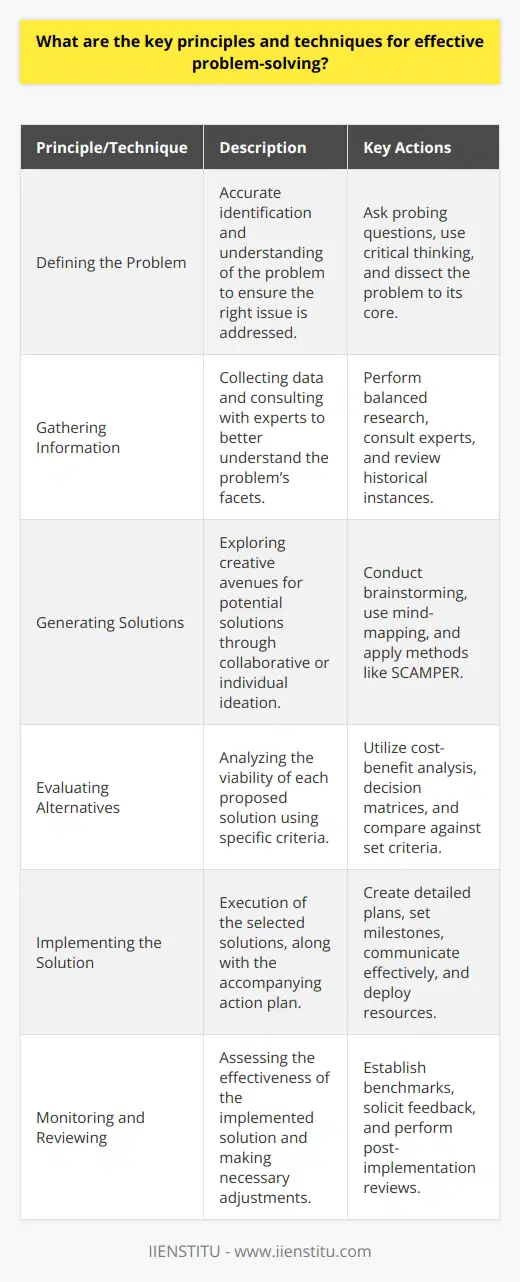
How do cognitive biases impact the problem-solving process, and how can they be mitigated?
Cognitive Biases in Problem-Solving
Cognitive biases significantly impact the problem-solving process by influencing how individuals perceive information, leading to inaccurate judgments and flawed decision-making. To mitigate these biases, people can adopt various strategies, such as seeking diverse perspectives, continually improving self-awareness, and employing critical thinking tools.
Influence on Perception and Decision-Making
Cognitive biases often unconsciously shape people's perception, hindering their ability to recognize and evaluate all relevant data. Confirmation bias, for instance, compels individuals to favor information that supports their preconceived beliefs while dismissing conflicting evidence. This inclination towards selective attention perpetuates an incomplete understanding of a problem and ultimately impedes effective problem-solving.
In addition to distorting perceptions, cognitive biases also impair decision-making. The availability heuristic, where people rely on readily accessible information rather than conducting a comprehensive analysis, often results in poor choices. Such biases limit objective assessments and undermine the problem-solving process by generating suboptimal or even erroneous outcomes.
Mitigation Strategies: Diverse Perspectives
One way to combat cognitive biases is to seek multiple perspectives when making decisions. By consulting a variety of sources and engaging with different viewpoints, individuals increase the likelihood that overlooked aspects will be considered. This expanded information base can foster more accurate assessments of a situation and enhance the problem-solving process.
Improving Self-Awareness
Greater self-awareness can help individuals recognize their cognitive biases and actively counteract them. Becoming more conscious of personal tendencies and assumptions enables people to adopt a more critical approach to their beliefs and decisions, potentially mitigating the negative effects of cognitive biases on problem-solving.
Employing Critical Thinking Tools
Critical thinking skills are vital for reducing the detrimental impact of cognitive biases on problem-solving. Techniques such as questioning assumptions, considering alternative explanations, and analyzing the source of information can promote a more balanced understanding of a problem. By systematically applying these methods, individuals can minimize the influence of cognitive biases and make more informed decisions.
In conclusion, cognitive biases pose significant challenges to the problem-solving process. However, individuals can actively counter these biases and enhance their decision-making capabilities by seeking diverse perspectives, cultivating self-awareness, and employing critical thinking skills.
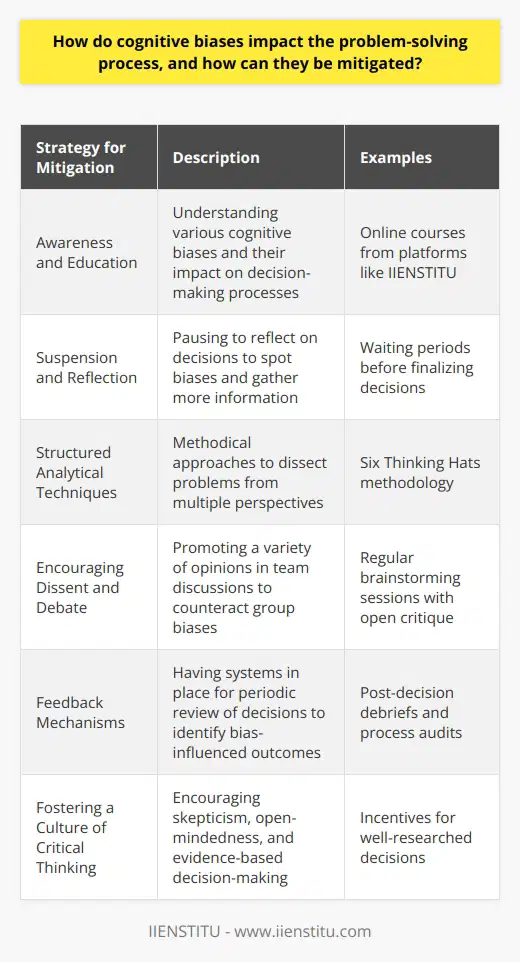
In what ways can communication and collaboration enhance the problem-solving experience?
Enhancing Problem-solving through Communication and Collaboration
Effective communication and collaboration play pivotal roles in enhancing the problem-solving experience in various ways. Firstly, diverse perspectives are brought together by involving different team members, which can lead to a broader understanding of the issue at hand. By openly discussing and exchanging their unique insights, the group can innovate and find more effective solutions that may not have been apparent to a single individual.
Team Engagement and Shared Understanding
Furthermore, communication fosters team engagement and a shared understanding of the problem. When team members actively participate in conversations, they feel more invested in the process and the outcome. Sharing their thoughts and ideas helps establish common ground, ensuring that everyone is on the same page with respect to the problem and the proposed solutions.
Building Trust and Reducing Conflict
Another benefit of effective communication and collaboration during problem-solving is the ability to build trust and reduce conflict among team members. As individuals learn to listen to one another and respond constructively to differing opinions, they demonstrate mutual respect and create a supportive working environment. This helps to reduce misunderstandings, foster healthy discussions, and create a more harmonious problem-solving experience.
Expediting the Problem-solving Process
Efficient communication and collaboration also help in expediting the problem-solving process. By working together, team members can quickly clarify and address any confusion regarding the problem, preventing any delay caused by potential misunderstandings. Moreover, team members can also build upon each other's ideas and inputs, collectively refining and iterating their solutions to arrive at an optimal result more rapidly.
Promoting Continuous Improvement
Lastly, communication and collaboration promote a continuous improvement mindset within the team. When team members openly share their feedback and ideas, they create an environment that encourages learning and growth. This mindset drives everyone to critically evaluate their solutions, learn from their experiences, and strive for better results in future problem-solving endeavors.
In conclusion, effective communication and collaboration play essential roles in enhancing the problem-solving experience. They foster diverse perspectives, shared understanding, trust, and continuous improvement, all of which contribute to the effectiveness and efficiency of the problem-solving process. Emphasizing these aspects is vital to ensuring a successful and beneficial collaborative effort in addressing challenges and achieving desired outcomes.
